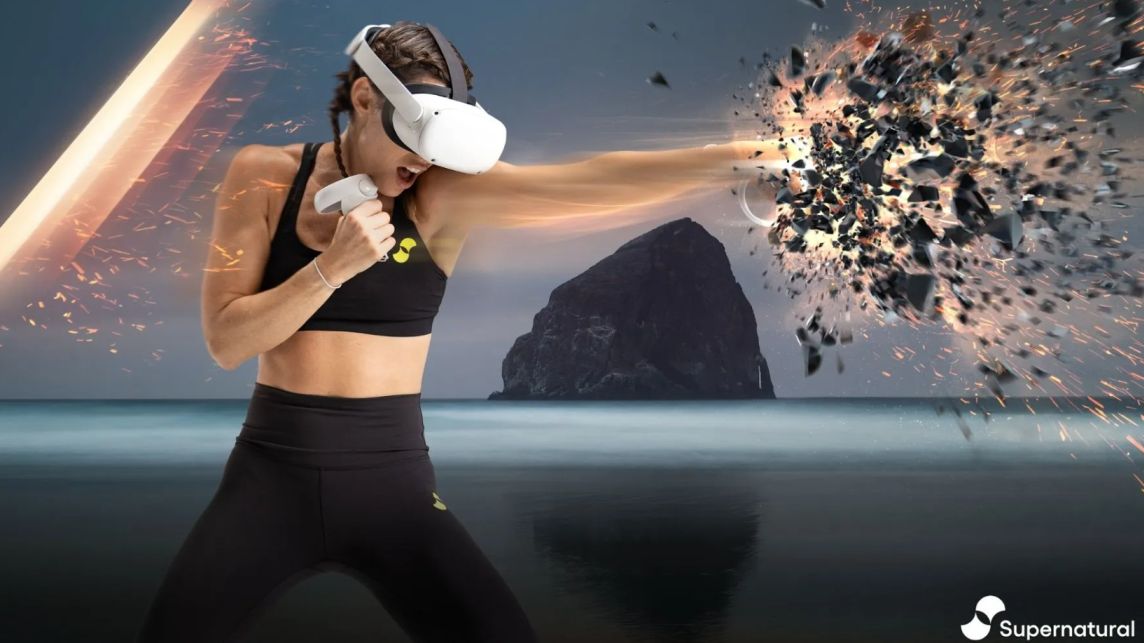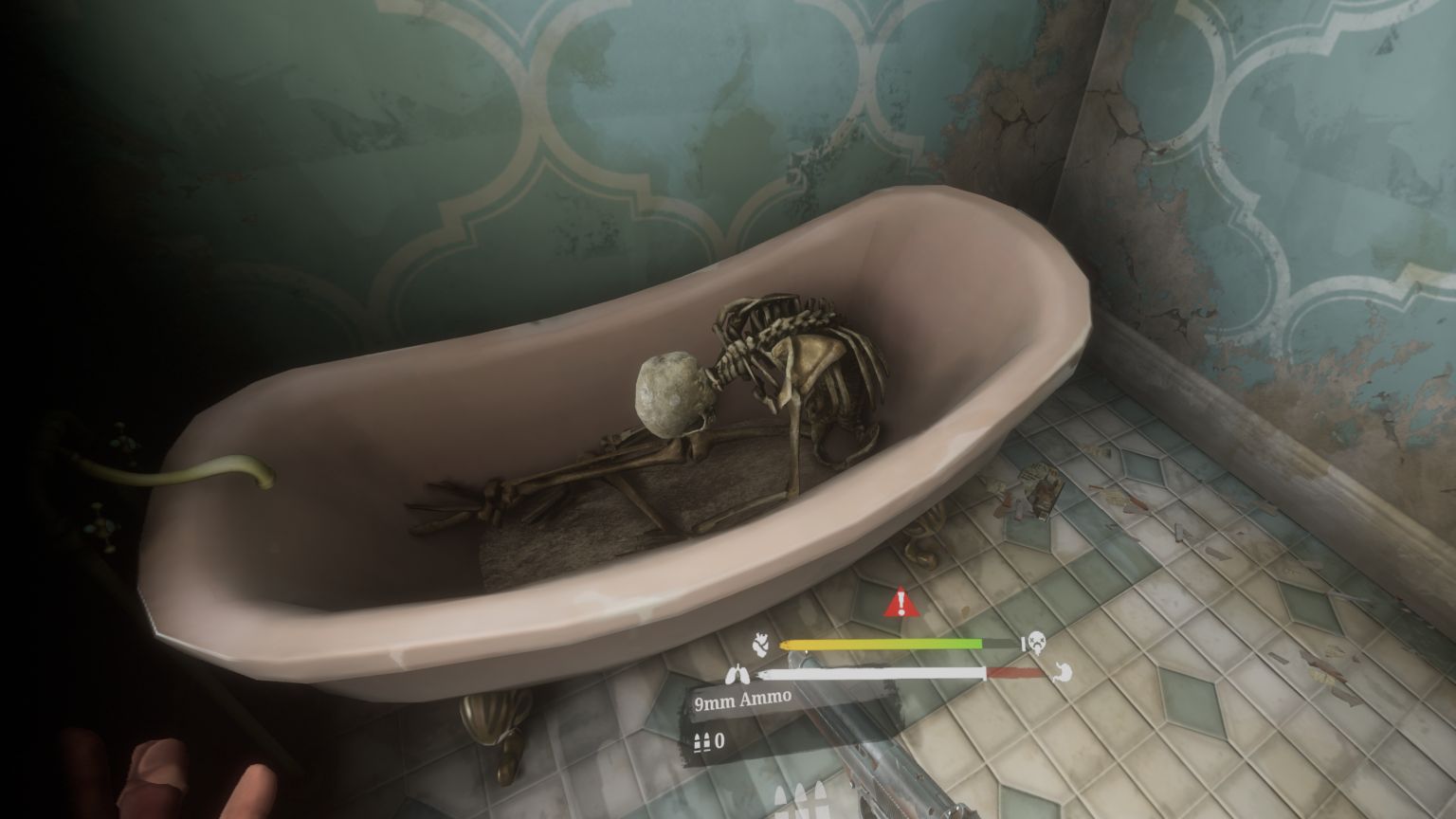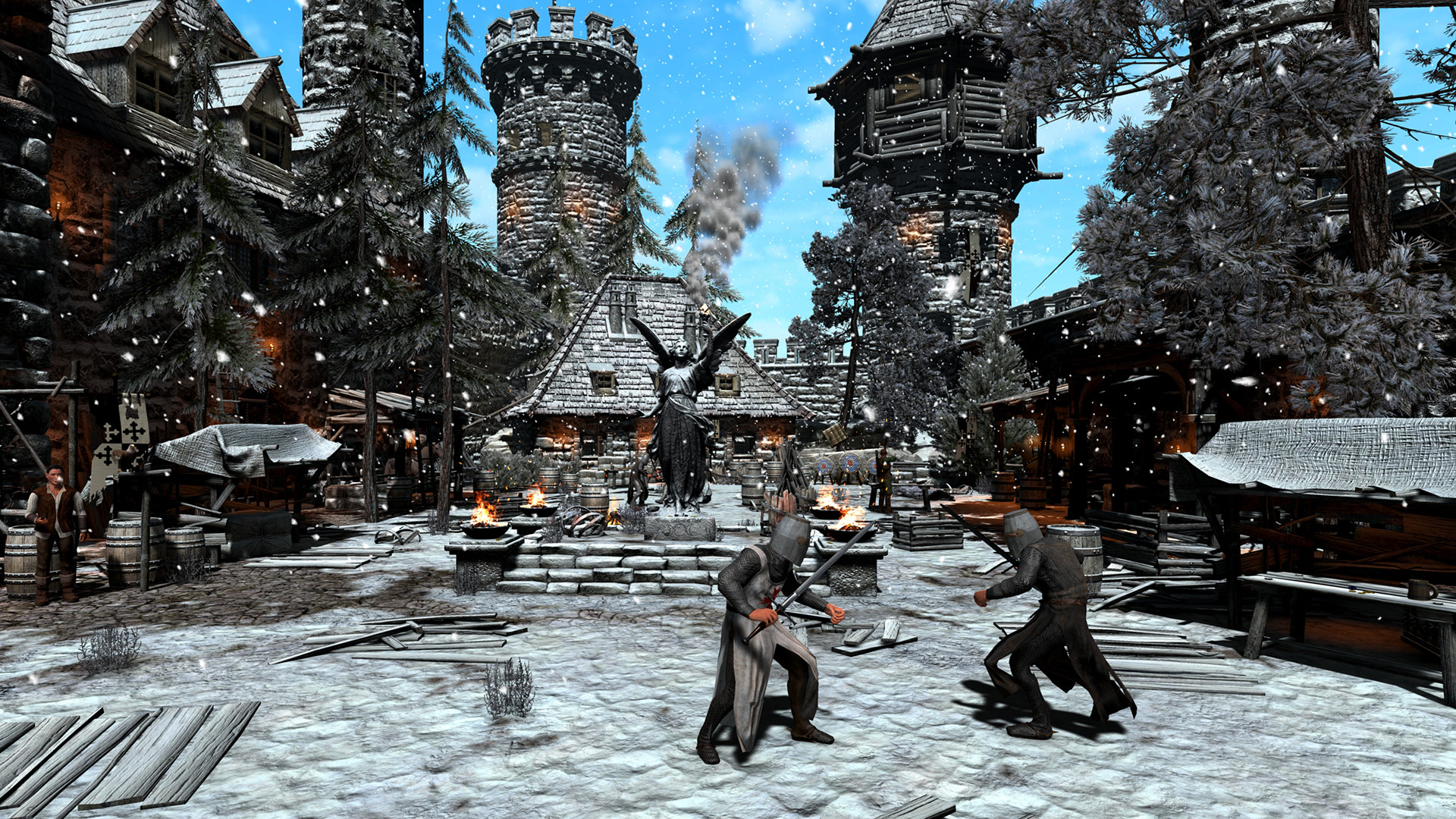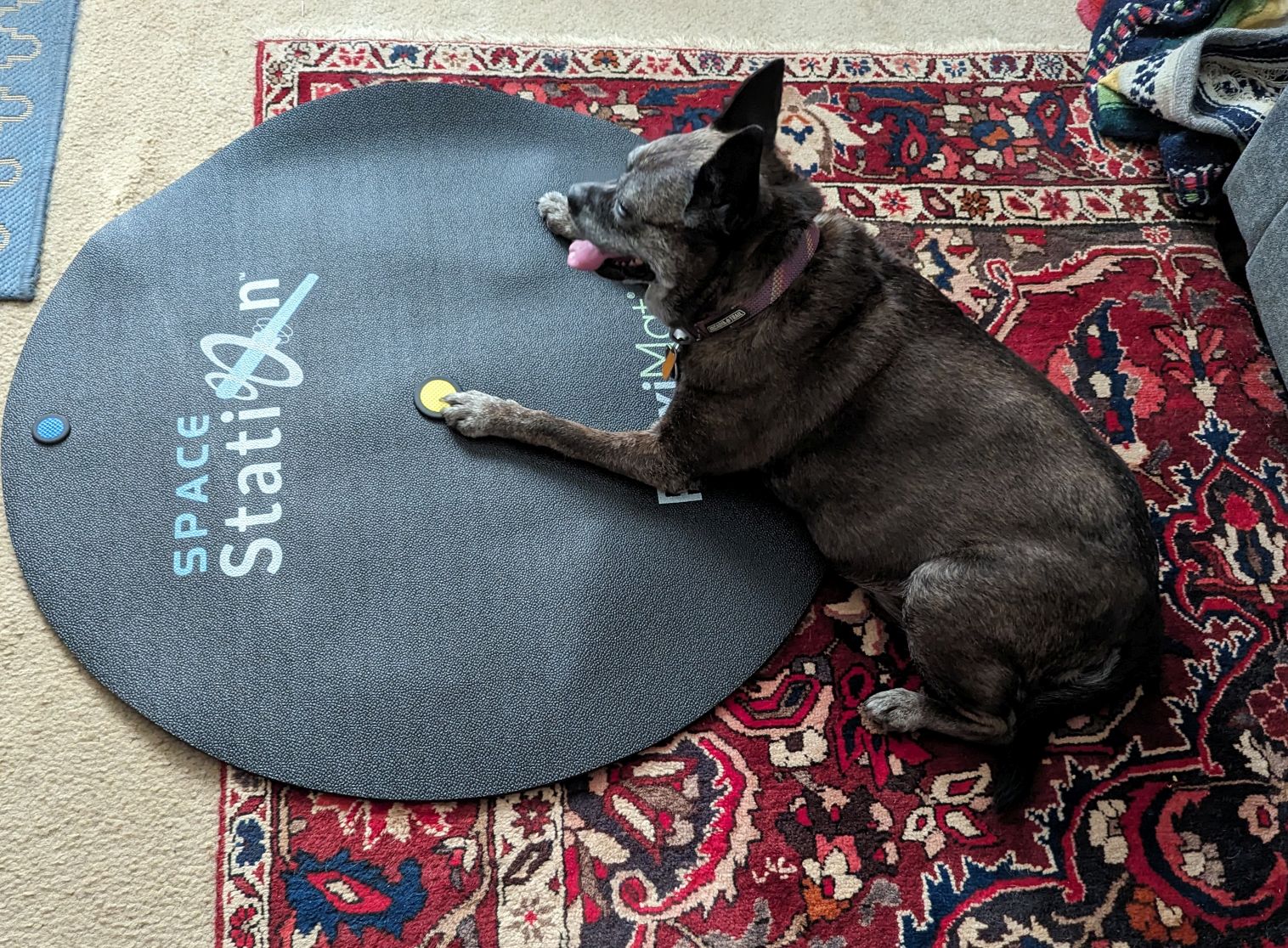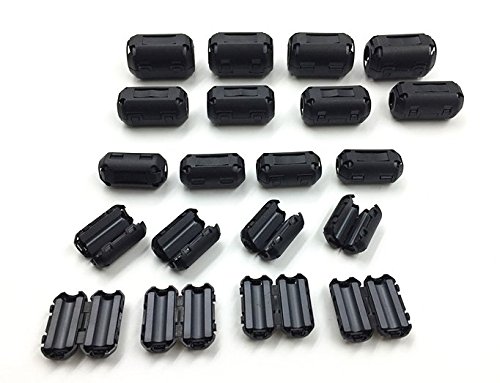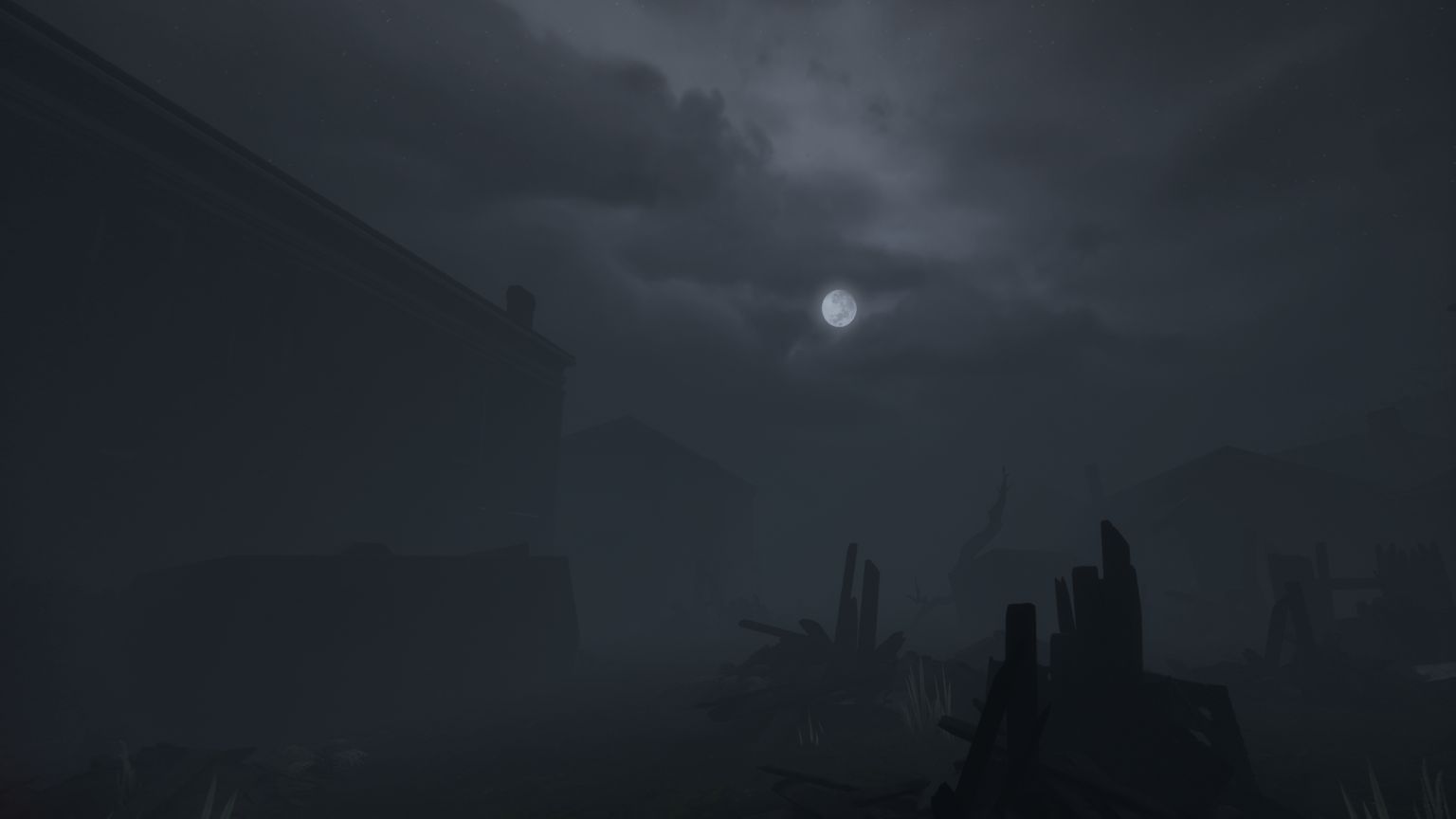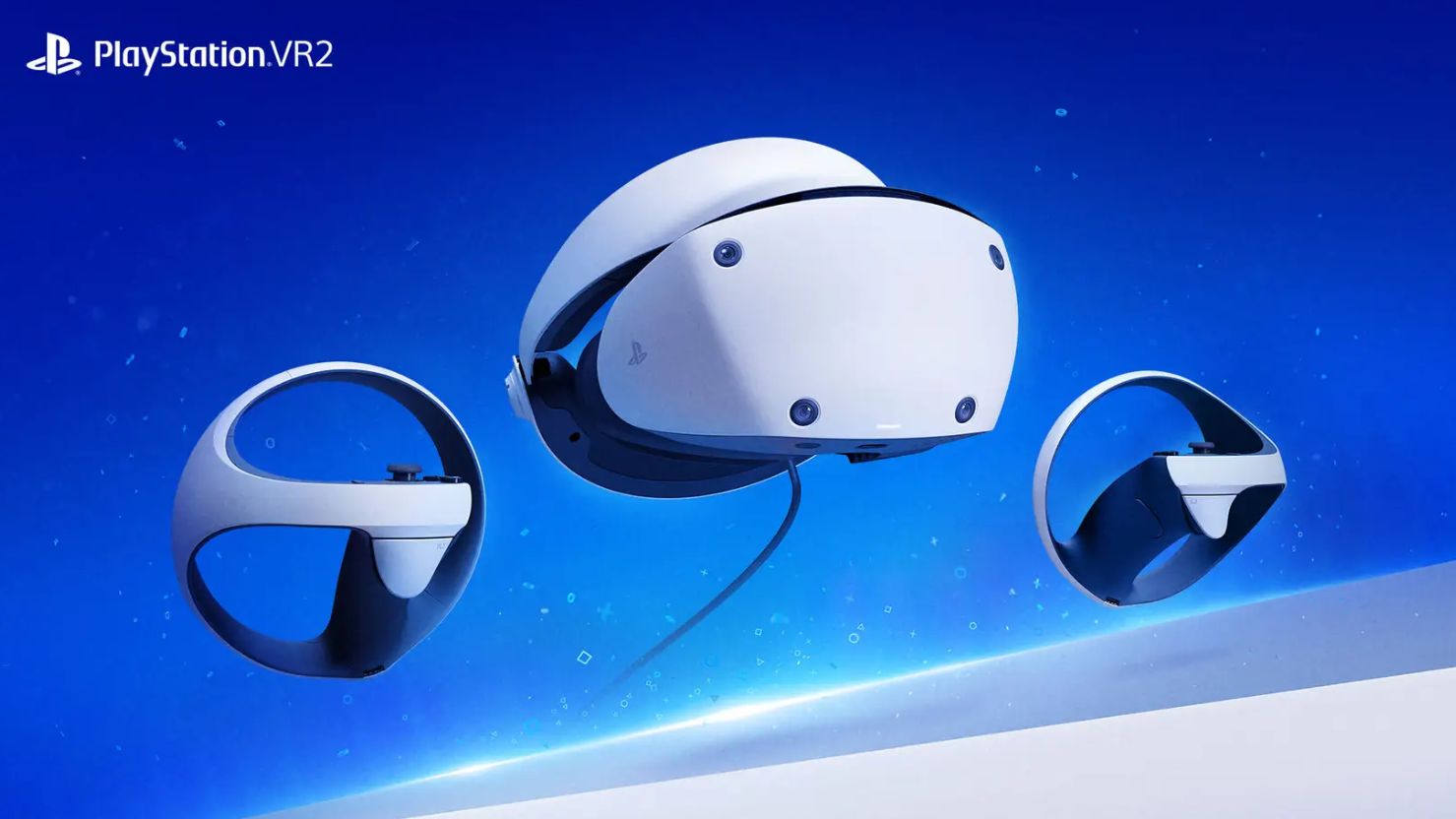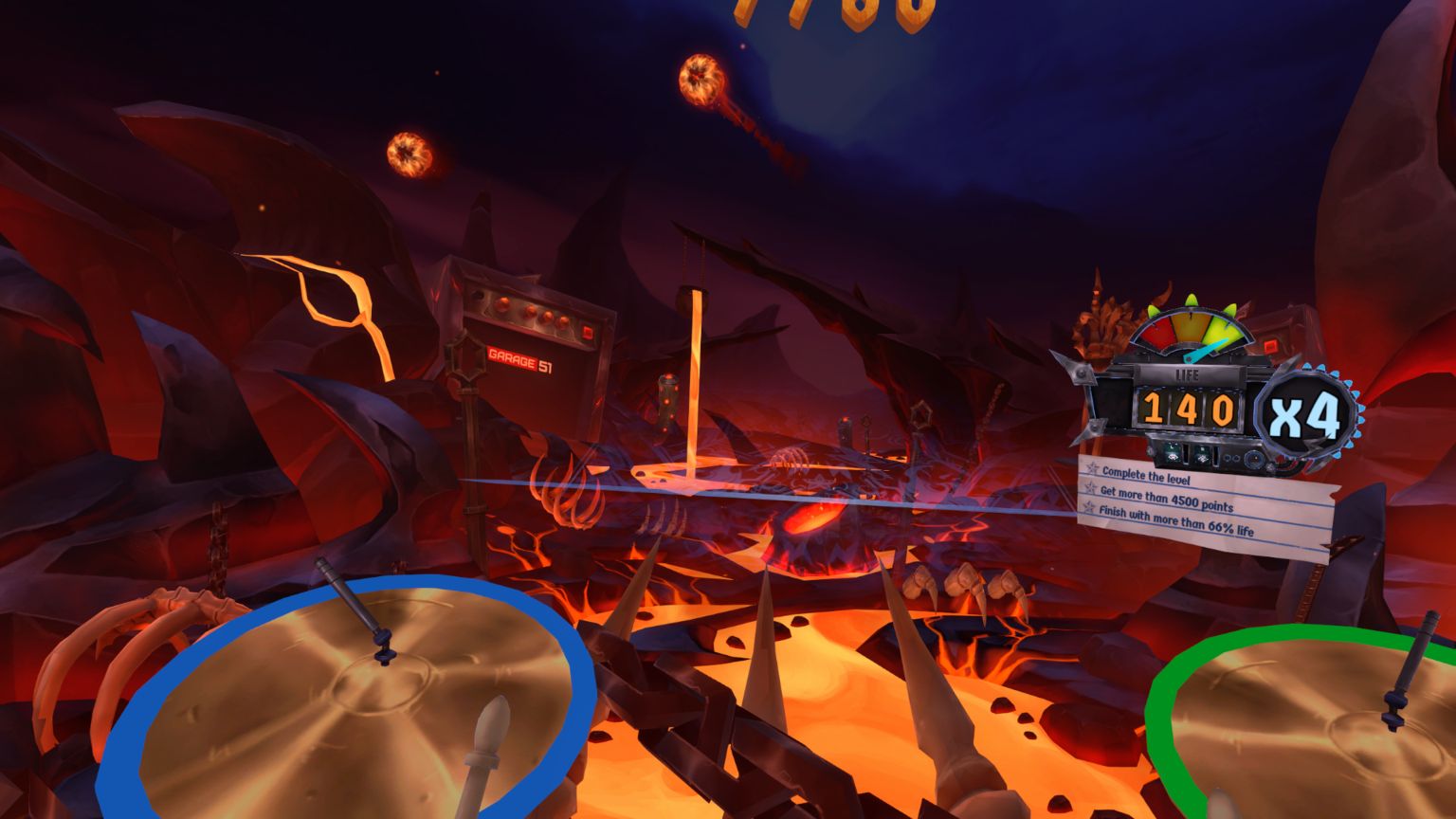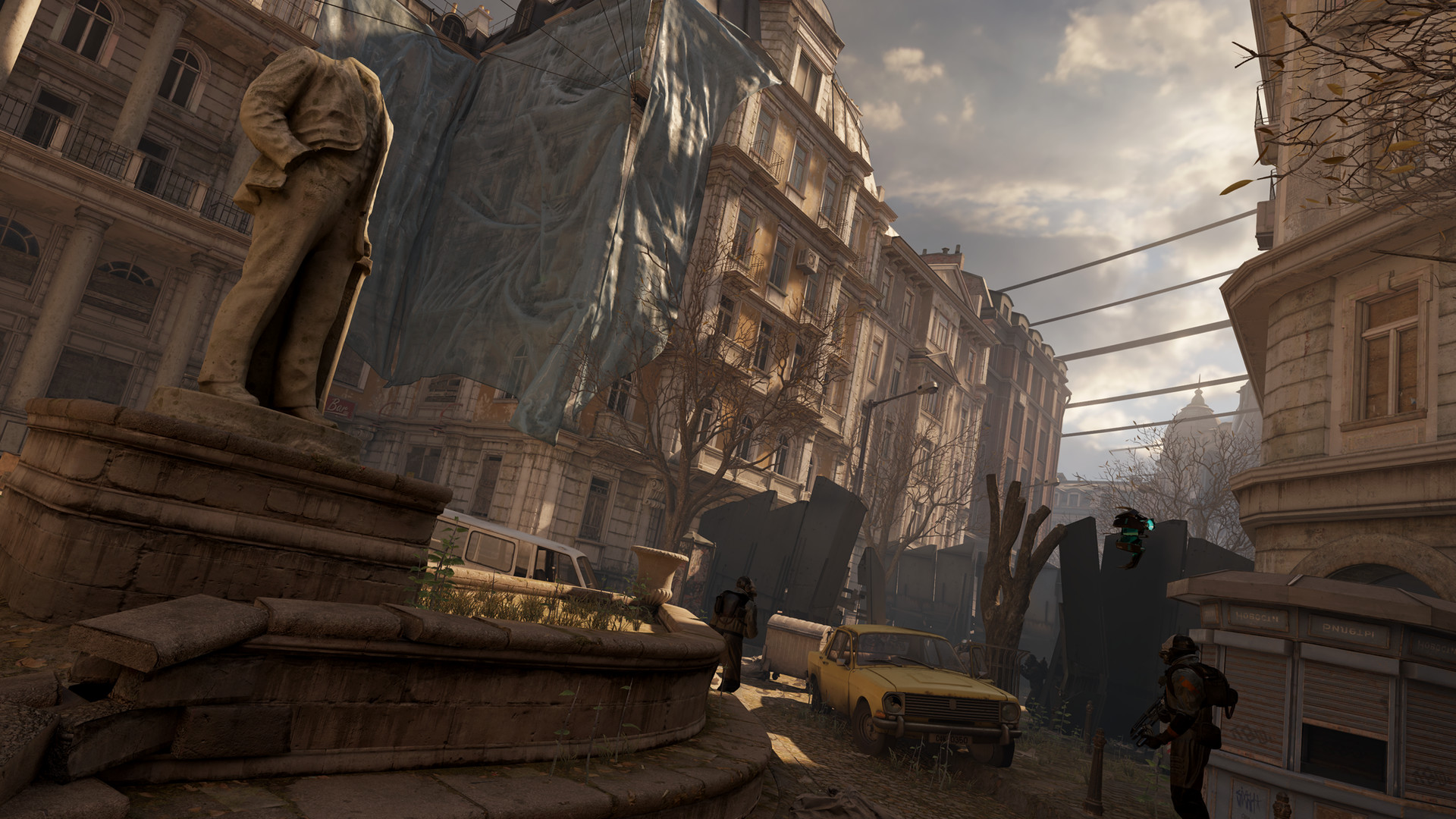This was the first month I really struggled with my VR workouts, and in fact the first time I failed. But during this month I went from looking forward to putting on the Quest to dreading it. For most of the month I pushed myself to keep showing up 4 days a week but it was getting harder and harder. Now part of the reason is the weather. It has been so hot and humid that it just drains you. But that was just a small part of the issue.
Last Wednesday I was dreading the workout but I did it, sortof. I went through the motions but hardly got my heartrate up and barely broke a sweat. I just could not will my body to move fast enough. Several hours later I learned why when I started shaking and shivering and running a fever; I was getting sick. In fact I was sick enough that I took Thursday off which, I believe, is the first time I’ve taken a sick day since our company was bought 3 or 4 years ago. I know this because I had to ask what the procedure was for logging a sick day. My company has a procedure for everything!
Friday I was back at work but, frankly, phoning it in and just trying to get through the day. When it was time to workout I just couldn’t do it, so I skipped. (Thursday was a rest day anyway so no worries there.) I felt pretty guilty about it, but it also felt justified. Instead of working out I went to sleep.
Saturday is another rest day but today, Sunday, was not. I generally do my Sunday workout first thing in the morning to get it out of the way (which itself should’ve been a sign to me…I used to look forward to my workouts) but I didn’t. I was trying to convince myself that I was still recovering and needed more rest, but it wasn’t true. I’m like 90% well at this point.
So let’s leave me sitting there early Sunday afternoon arguing with myself, trying to convince myself to get off the couch, and back up a bit.
The other odd thing that happened this month is that I stopped playing VR games. I finished Walking Dead Saints & Sinners very late in July or very early in August and that was the last VR game I played. Once again part of the reason for this is the weather, but there was more to it than that. I had to sit and ponder what was going on.
And what was going on is I’d basically broken VR fun for myself. I went from playing games for exercise to using a dedicated exercise app (Supernatural) which I was still treating like a game. What I mean by that is I was striving to “beat it” in some way. I went from spending about 20 minutes/working in Supernatural doing Low intensity workouts to close to 40 minutes doing a mix of Low and Medium intensity. Why? Because if it was a game I’d need to get ‘better’ and get a better score and DEFINITELY get off “Easy” difficulty.
But in pushing myself I was making myself miserable. After a workout I would be so wrung out and spent. My body was definitely getting stronger and I was losing weight, which was good. But I totally lost the mental benefits. Early on I’d feel GREAT mentally a couple hours after a workout. Almost like I was high, but in a good way. That was gone. It was just being miserable and getting past being miserable and my brain started equated VR with being uncomfortable. On workout days I was MUCH too tired to play a game for fun and on rest days I didn’t want to get within 10 feet of a VR headset. And that made me really sad because I had been having SO MUCH FUN in VR.
OK back to earlier today. I was sitting there pondering all this and I don’t know if I came up with a solution but I at least came up with a plan to try. First, I cut my weekly Supernatural goals from 4 workouts/week to 3. The idea of that is just to give me some wiggle room without the guilt that comes with not making my goal.
Today I eventually put on the Quest 2 and instead of jumping into Supernatural I played some Beat Saber. That didn’t feel great because Supernatural’s “Flow” workouts are basically like Beat Saber. So I jumped over to Audio Trip which I haven’t played in months and guess what? I’ve actually gotten better at it, I guess because my body is in better physical shape. That was pretty fun, and it was also when I noted that I was starting to sweat. Then I booted up Pistol Whip and finished one of the campaigns including fighting a boss that had me ducking and twisting and dodging like mad, grinning the whole time. During this time Meta Move popped up to say I’d met my goal for time spent moving, though I still had calories to burn.
But only THEN did I fire up Supernatural. My heart beat was already in the low 100s before I started (my resting heart rate is normally around 80). I did a couple of 8-ish minute Low difficulty sessions which got the heart rate up into goal zone and helped me hit my calories burned goal in Meta Move. I also feel like I did better with these sessions in terms of better form and better control. And it all felt good. I even danced a little. Thank goodness no one was watching.
Here I am, a couple hours later and I had some fun in VR, did my workout and hit my Meta Move goals, and I don’t feel like an old dish rag. And mentally I’m “up” enough to write a blog post.
So my plan is to dial back the Supernatural stuff and mix in some active games. Stop treating Supernatural as a game and honor the fact that I’m in my 60s and I might NEVER get to where I can do 40 minutes of Medium difficulty sessions and that’s OK.
My whole goal with starting these workouts was just to move. Both my mother and my grandmother (none of the men in my family tree lived long enough to hit this point) deteriorated a LOT when they got older because they stopped doing anything. They’d sit at home and watch TV, which frankly is what I do for a living. Yes it’s a computer screen and not a day time soap opera but in terms of activity it’s about the same. Both of them went downhill fast when their lifestyles changed like this. I don’t want to be like them. I want to stay active and be able to get around and be alert. So that’s why I started the workouts. Losing weight is a nice side effect and I wasn’t really aware of how good a proper amount of exercise would be for my mental state. That was a delightful discovery.
Bottom line, I’m not going for ripped abs. I’m going for mobility and mental health and I don’t need to keep pushing myself into longer, harder workouts to achieve those goals.
So, we’ll see how it goes.
